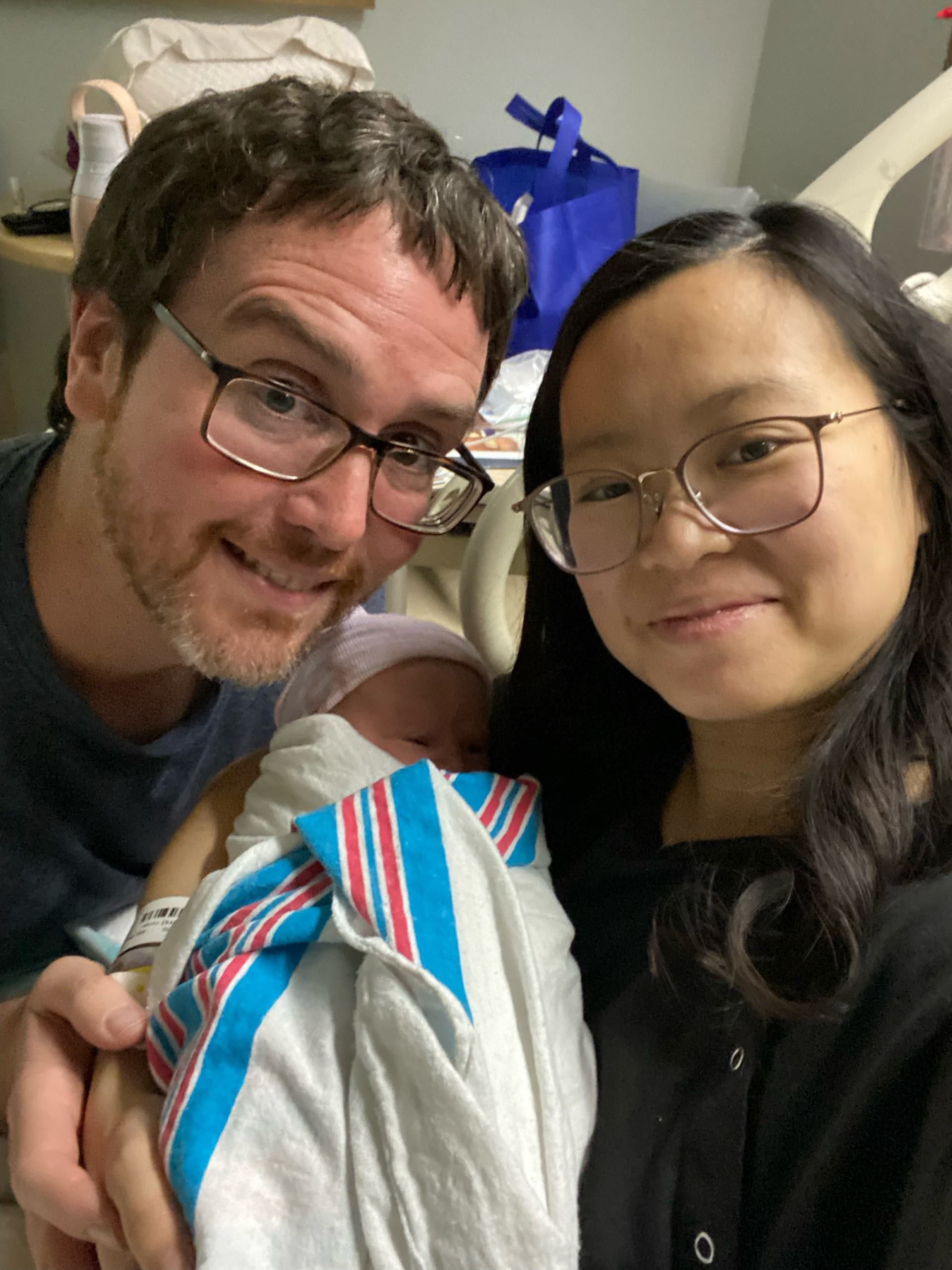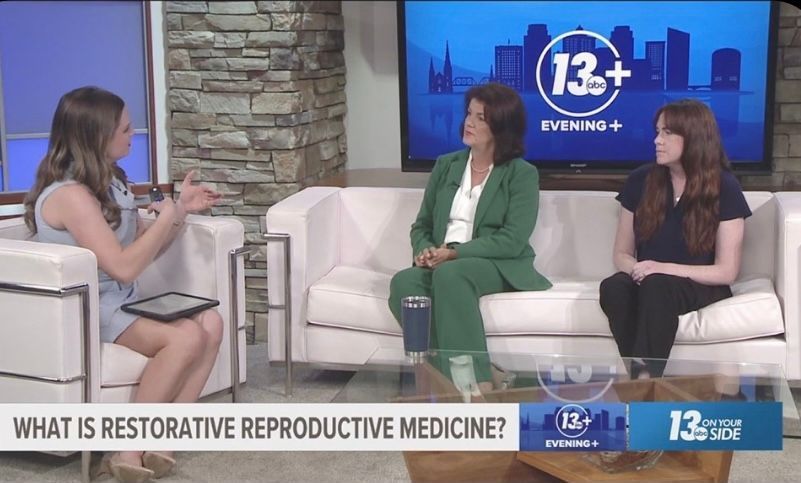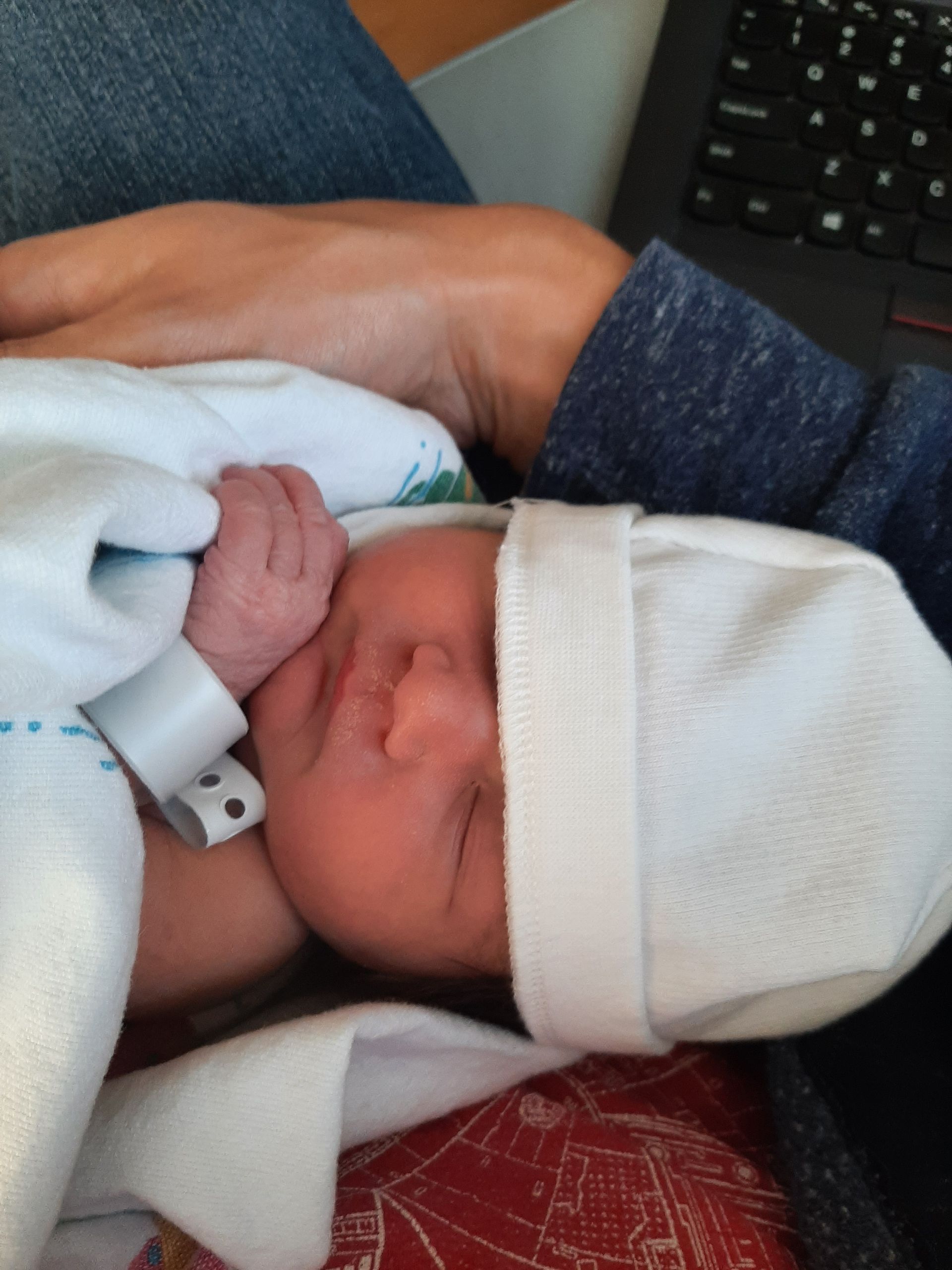When Does The First Postpartum Period Usually Return?
The first postpartum period can be elusive – and this is sometimes puzzling for women after having a baby. The first postpartum period, called return to menses, is largely determined by infant feeding. Women who exclusively breastfeed or who breastfeed and pump generally find that menses usually returns no earlier than 6-8 months after the birth of the baby.
For these women, daytime windows between feeding or pumping are usually no longer than 4 hours, and nighttime windows are usually no longer than 6 hours. For women who are exclusively pumping, have encountered periods of breastfeeding interruption, or are formula supplementing or fully formula feeding, menses may return much earlier. The average time to first menses for women who do not breastfeed is 42-45 days.
My Bleeding Stopped After Birth, But Now I Have Noticed Some New Bleeding, Is It My Period?
We are looking at a range of 6 weeks to 6 months (or beyond) for a return to menses after birth. How can you tell if the bleeding you are experiencing at 3 weeks or 3 months is a period? Let’s review some postpartum bleeding basics and a few tips for period vs. other bleeding comparisons.
Postpartum Bleeding Basics
Immediately after a baby is born either by vaginal or c-section birth, bright red (sometimes dark red) bleeding immediately follows. This is called lochia. Lochia may continue for up to 6 weeks, but it changes in character rapidly. The bright red bleeding usually begins tapering down by the end of week one, and is sometimes accompanied by occasional small clots. Lochia begins to lessen after the first 1-2 weeks. The color lightens from bright red to rustier red to pink. Eventually it will change brown/tan spotting, then yellow-white discharge. The flow decreases from moderate or heavy in the first week (I.e. needing a maxi-pad) to light (regular pads) to spotting (only needing liners). Other normal changes women may notice in postpartum bleeding patterns may include:
- a feeling of a small “gush” after sitting or laying for long periods of time, this shouldn’t persist once standing up for awhile.
- possible increase in bleeding flow on day 6-14 when the placenta “scab” is shed. This shouldn’t last more than 1-2 hours.
- another normal variant is noticing increases in bleeding when doing too much activity, and noticing that the bleeding decreases with rest.
Experiencing bleeding after lochia has ended can be surprising – especially when not expecting a period yet! Let’s review some of the tell-tale signs of a period vs. other postpartum bleeding:
First Postpartum Period
- Most likely 6 weeks postpartum or beyond
- Bright red to dark red
- Crescendo/decrescendo (increases then decreases) or decrescendo (starts heavy, then decreases) bleeding
- Accompanied by cramping or other period symptoms
- Proceeded by symptoms you usually experience before a period like mild back pain, mood changes, increased breast tenderness, mild PMS symptoms
- May be heavier and last longer than menses you had before having a baby
Preceded by fertile signs ~6-14 days prior such as increase in peak type cervical fluid - Some women feel ovulation pain (mittleschmerz) more acutely after having a baby. It is not known why this happens. From what we know, about 1/3 of women will ovulate prior to their first postpartum menses.
Other bleeding
- Occurs within first 6 weeks postpartum
- Dripping or spotting for days in a row or on and off
- Light spotting that is only pink or brown and goes away
- Only occurs with exertion
- Accompanies urinary symptoms such as irritation or pain with urination
- Bleeding within first 6-12 weeks postpartum associated with tender abdomen, fever, chills, malaise
- Return of bleeding after lochia has ended among exclusively breastfeeding women within first 6-8 weeks.
What Are Other Causes Of Postpartum Bleeding?
One of the most obvious causes of postpartum bleeding is that the body hasn’t recovered fully from birth yet. This is usually noticed as bleeding with increase in activity in the first 6 weeks. However, some women experience what is known as late postpartum hemorrhage, read more about this below.
Other causes of bleeding or spotting in the postpartum phase may include urinary tract infection, thyroid abnormalities, infection or inflammation of the uterine lining, or a piece of the placenta or amniotic fluid sac that hasn’t yet come out. If you notice bleeding that doesn’t seem to be your period, contact your doctor or nurse midwife to discuss this further.
When To Seek Emergency Attention
5% of women experience what is known as a postpartum hemorrhage, and this can happen at birth up until 12 weeks postpartum. Here are the signs to watch for, and if you are experiencing these, seek medical attention right away:
- Bleeding that soaks through 1 pad an hour and is not slowing down
- Blood clots bigger than a golf ball
- Feeling faint, dizzy, chills, sweaty, nauseous with bleeding
- Bright red bleeding persisting at or beyond week 1 of delivery
Special Note For Fabm Charters
If you’re charting with a FABM and you haven’t charted postpartum before, it’s important to know that your first 3-4 cycles postpartum may not resemble your other cycles before having a baby. The luteal phase will often be shorter, and extend back to your normal length with each subsequent cycle. You may notice that periods are different too, either in flow amount or length. If this persists beyond 3-4 cycles, contact your Reply fertility educator or clinician through your patient portal or call to schedule an appointment at 919-230-2100.
References











